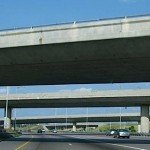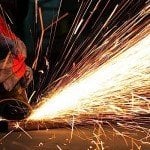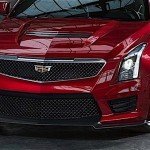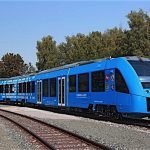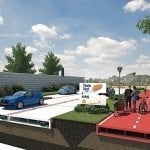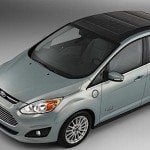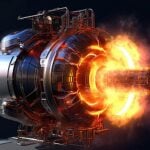If any good can come out of the Lac Megantic tanker derailment disaster, it could be improved safety features on the tank cars used in transporting oil and gas. Rail transport has returned in force with the enormous increase in US domestic oil and gas production. That production has jumped by 50 per cent in five years, according to the New York Times, and now stands at 7.5 million barrels a day. The tanker cars used to transport oil have fewer safety features than those that carry more toxic, flammable products, such as chlorine. Now both governments and rail car manufacturers are stepping up efforts to make the oil cars safer.
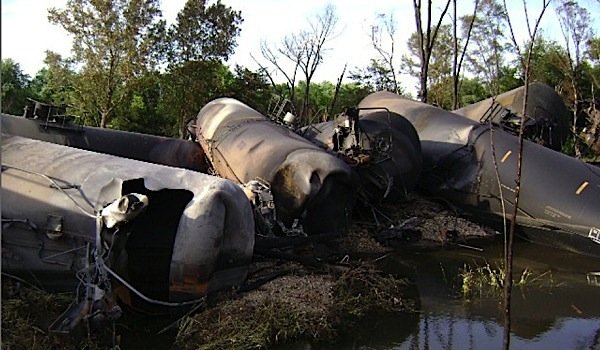
With the increase in oil production and transport has come an increase in spills. Last year alone, the Times report says, more than 1.15 million gallons spilled from rail cars: that compares with 800,000 gallons spilled in the thirty-seven years between 1975 and 2012.
The Association of American Railroads said last November that the 92,000 tank cars under its jurisdiction would be retrofitted with better safety features, or phased out. Most of the tank cars in use are DOT-111 cars, which are regulated by the National Transportation Safety Board. In 2011, the NTSB ruled that the design of the DOT-111 was seriously flawed, with high incidence of tank failure. It ordered that head and shell thickness be increased, with ½ inch thick steel head shield protection. Another flaw in the design was found to be in the bottom release valves, which were found to open and release contents in derailments.
Meanwhile, Greenbrier, one of the biggest manufacturers of rail cars in the US, announced that it intends to design a new generation “tank car of the future” for transporting hazardous materials including crude oil and ethanol. It will also introduce retrofits for tank cars already in use. Retrofits would include high-flow pressure relief valves, head shields, and thermal protection. The head of Greenbrier, William Furman, said that installing steel shields on both ends of the tanker cars, as well as sturdier valves, would eliminate up to 80 per cent of the risk, making the cars less likely to crumple or spill in a collision or derailment.
Canada will also introduce new safety standards for tanker cars soon, it was announced in January. It is possible that some oil, notably the more volatile crude from the Bakken region, the source of the crude that exploded in Quebec, will require a completely new design of tanker car.


